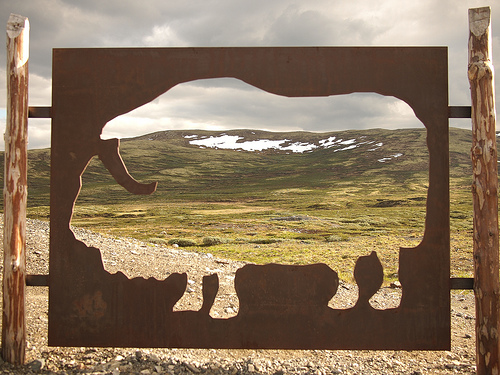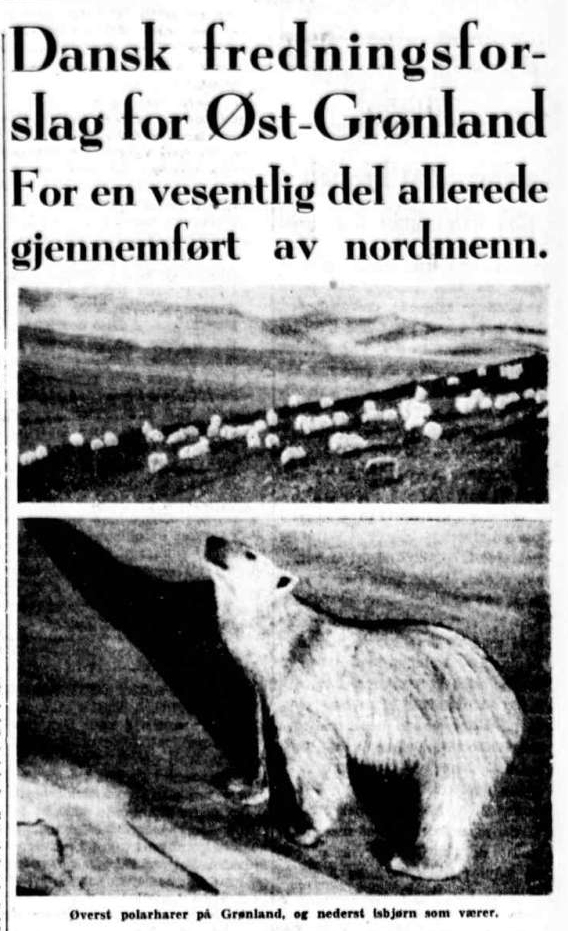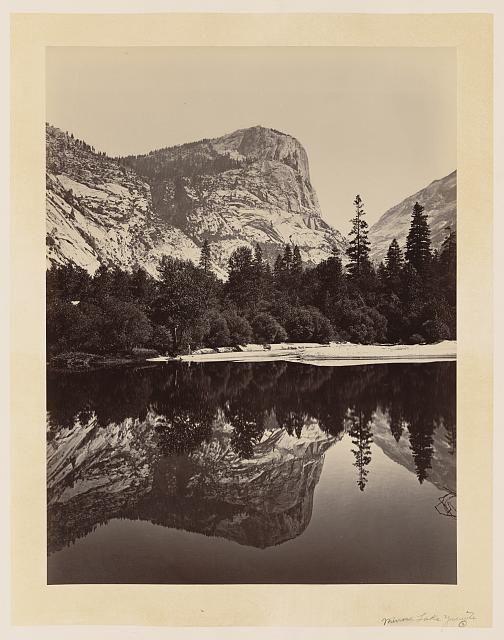
Where the muskox roam
Could the reintroduced muskox (Ovibos moschatus) soon be extinct in Norway? In 2012, 73 muskox out of the herd of about 300 died, according to Statens naturoppsyn (SNO), a part of the Norwegian Directorate for Nature Management. It was not pretty: 46 of them died from a lung infection, 10 from hoof and mouth disease, 8 were hit by trains, and 6 were culled because they wandered outside of the “core” area (it’s not clear what happened to the other 3).
We know that muskox did once inhabit Norway, albeit a long time ago (I’ve read anywhere from 15,000 to 30,000 years in different publications).Muskox were first reintroduced from Greenland to the Dovrefjell area in 1931, but the population died out during World War II. New calves were re-reintroduced from Greenland between 1947 and 1953. The population appears to have hit a low point of 36 animals in 1983 but afterward rebounded, with a calving rate of about 50 a year. That means that perhaps the population will come back from the high death numbers in 2012 without difficulty. We’ll have to wait and see.
There is a question, however, of how much responsibility to take for the muskox population in Norway. Muskox is actually listed on the “Norwegian Black List” of alien species. The scientists with the Artsdatabanken project have made a decision to consider all species with established populations in Norway as of 1800 as indigenous, except for reintroduced species such as muskox and wild boar because “they have not existed naturally as Norwegian fauna for several thousand years.” While that does not mean that the scientists have advocated eradicating the muskox, they do not consider it a native species and would not want more of it imported to Norway.

But scientific opinion about a species’ nativeness or not is not the only thing that counts. Muskox are synonymous with Dovrefjell. Dovrefjell is touted as “the home of the musk ox” in promotional material. There are muskox safaris in Dovrefjell National Park. Souvenirs like this plate prominently depict the muskox as a main attraction of the area. The muskox was even featured as one of the animals on the Norwegian postage stamp series “Ville Dyr i Noreg” (Wildlife in Norway) of 2011.

With such a strong civic identity as well as natural identity through the national park, the muskox is a natural part of Norway, whether the scientists agree with it or not. The cultural component is not something just added on, it is integral in the identity of the muskox and its future in Norway.




